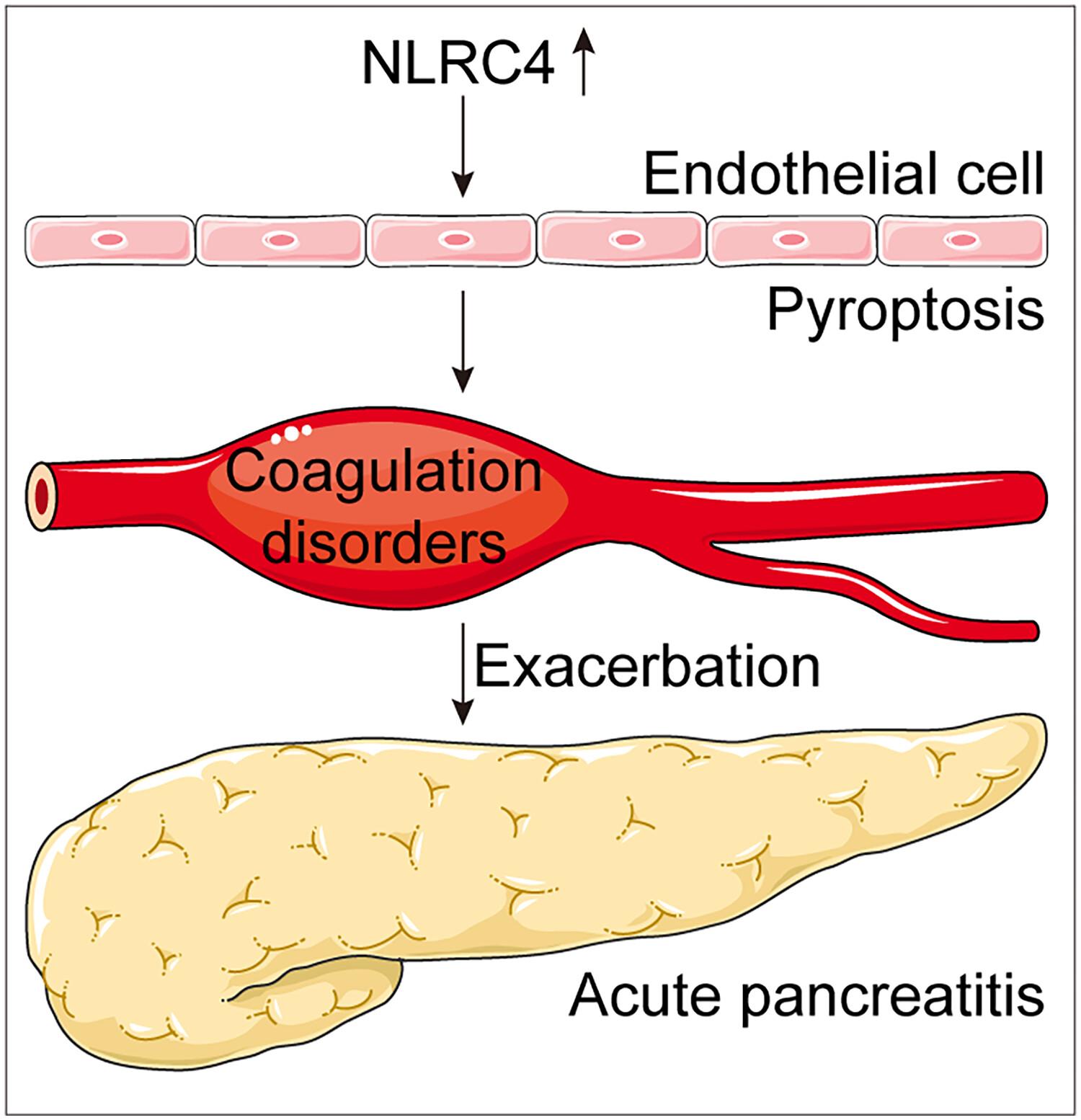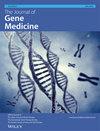Acute pancreatitis (AP) is a potentially lethal acute disease highly involved in coagulation disorders. Pyroptosis has been reported to exacerbate coagulation disorders, yet this implication has not been illustrated completely in AP.
RNA sequencing data of peripheral blood of AP patients were downloaded from the Gene Expression Omnibus database. Gene set variation analysis and single sample gene set enrichment analysis were used to calculate the enrichment score of coagulation-related signatures and pyroptosis. Spearman and Pearson correlation analysis was used for correlation analysis. Peripheral blood samples and related clinical parameters were collected from patients with AP and healthy individuals. A severe AP (SAP) model of mice was established using caerulein and lipopolysaccharide. Enzyme-linked immunosorbent assay, chemiluminescence immunoassay and immunohistochemical analysis were employed to detect the level of coagulation indicators and pyroptosis markers in serum and pancreas tissues. Additionally, we evaluated the effect of pyroptosis inhibition and NLRC4 silence on the function of human umbilical vein endothelial cells (HUVECs).
Coagulation disorders were significantly positively correlated to the severity of AP, and they could be a predictor for AP severity. Further analyses indicated that six genes—DOCK9, GATA3, FCER1G, NLRC4, C1QB and C1QC—may be involved in coagulation disorders of AP. Among them, NLRC4 was positively related to pyroptosis that had a positive association with most coagulation-related signatures. Data from patients showed that NLRC4 and other pyroptosis markers, including IL-1β, IL-18, caspase1 and GSDMD, were significant correlation to AP severity. In addition, NLRC4 was positively associated with coagulation indicators in AP patients. Data from mice showed that NLRC4 was increased in the pancreas tissues of SAP mice. Treatment with a pyroptosis inhibitor effectively alleviated SAP and coagulation disorders in mice. Finally, inhibiting pyroptosis or silencing NLRC4 could relieve endothelial dysfunction in HUVECs.
NLRC4-mediated pyroptosis damages the function of endothelial cells and thereby exacerbates coagulation disorders of AP. Inhibiting pyroptosis could improve coagulation function and alleviate AP.



